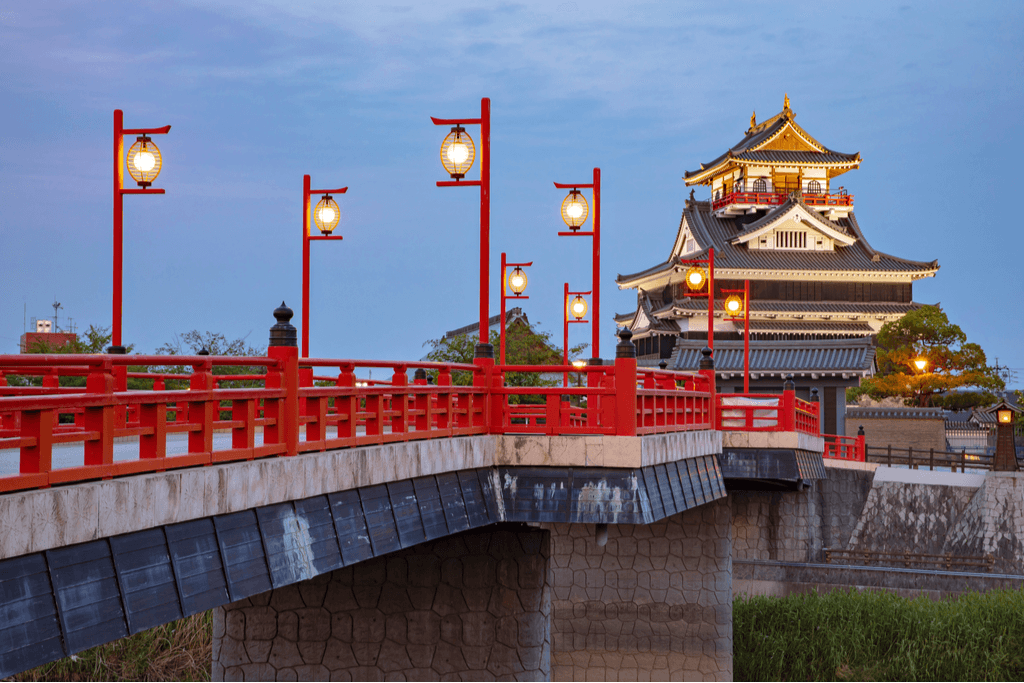If you want to experience the uniqueness of Japan’s cherry blossom-filled landscapes, Aichi is always a great place to visit. This prefecture is the bridge between the east and west of Japan. All things considered, Aichi is a perfect example of traditional beauty and modern technology in Japan. Let’s take a stroll through Aichi–the heart of Japan–to discover more.
Table of Contents
ToggleMust-See Attractions in Aichi
Nagoya Castle
Nagoya Castle is in Nagoya City, the capital of Aichi Prefecture. This was the home of Oda Nobunaga, who was undoubtedly a powerful warlord in 16th-century Japan. As a result, it always has a majestic appearance and high historical value in the hearts of Japanese people.
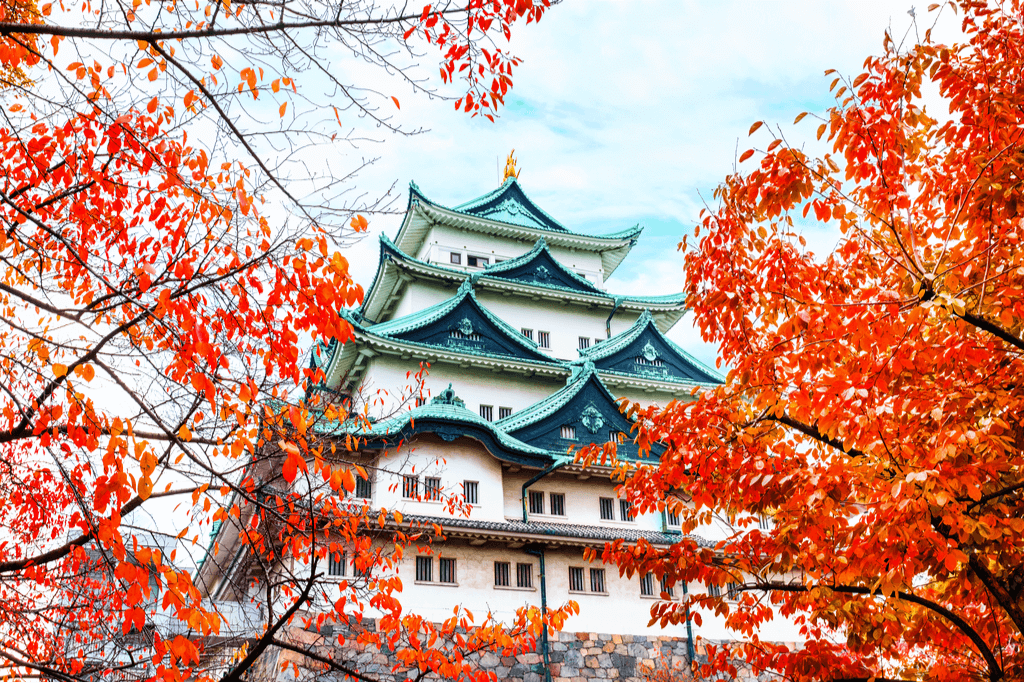
Nagoya Palace is a regular venue for local events and festivals in the summer, autumn, and especially the New Year. More specifically, the place is always a place where people gather to watch the cherry blossoms bloom in full color.
Toyokawa Inari Temple
This is one of Japan’s Big Three Inari Temples and was originally established in 1441 by a Buddhist monk named Tokai Geki. People come to this shrine to worship Inari Okami, the god of fertility, rice, and agriculture. The enshrined god also rules over industry and worldly success, which Aichi Prefecture is no stranger to.
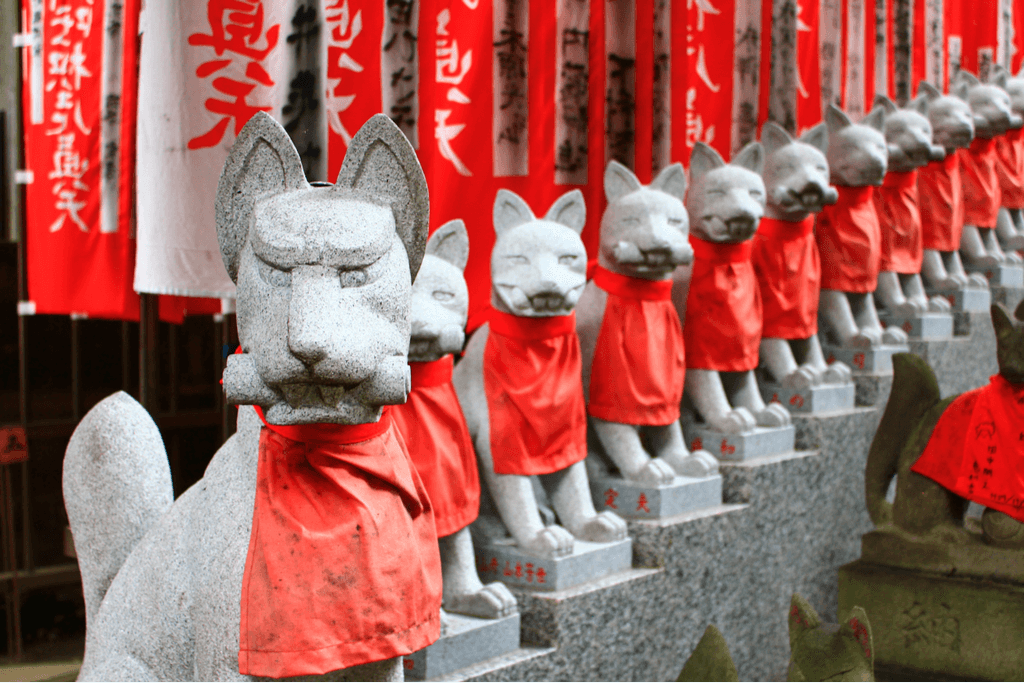
This temple is a unique combination of Buddhism and the Shinto religion. Additionally, its most notable feature is Reiko-zuka, a grand stairway lined with thousands of stone foxes. These statues have bright red bibs around their necks and are messengers of the gods.
Tokugawa Garden
Tokugawa Garden is one of the most charming gardens in Aichi, Japan. To emphasize, there’s a variety of flowers and plants blooming in the vast natural space with fresh air. In each season of the year. For that reason, they always have their colors and beauty on display for everyone to enjoy.
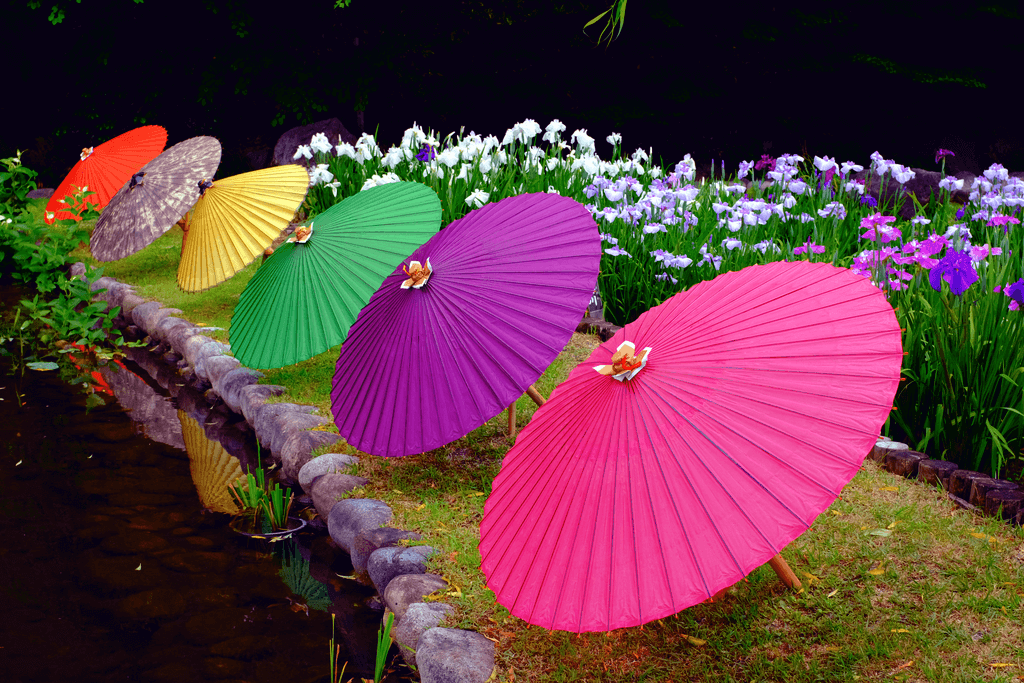
The garden’s main highlight is the small waterfall flowing through the stone steps to a clear stream. Moreover, the vast lake inside the garden is so clear to see many colorful and delicate schools of Koi fish.
Right next to Tokugawa Garden is the Tokugawa Art Museum. This museum offers visitors a chance to learn about aspects of Japanese history such as daimyo culture and see samurai artifacts.
Want the most traditional experience this autumn? Check out Sakuraco! Sakuraco sends traditional Japanese tea, sweets, and snacks, right to your door every month, so you can have a relaxing snack time at home!
Miso: Aichi’s Culinary Achievement
Aichi Prefecture is famous for red miso, or “Hatcho Miso”. It is a recipe originating from an old village of the same name, near Okazaki Castle. Additionally, these types of fermented beans are rich in nutrients and can be stored for a long time. Red miso was always a great companion of the Aichi samurai during their war marches during the Sengoku period.
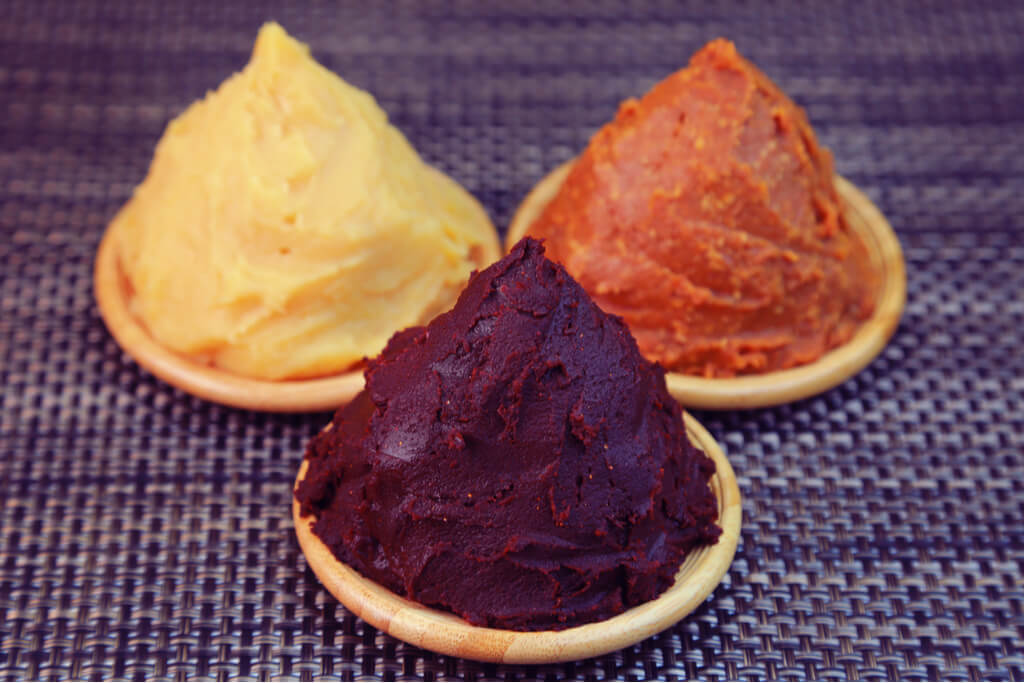
Specialties that use red miso include miso katsu pork Cutlet, miso soup, and miso nikomi udon. By comparison, other regions use miso as a condiment, rather than a significant part of the meal. Therefore Aichi’s culinary experience is very savory and deeply rooted in history.
Aichi’s Automobile Legacy
Aichi Prefecture has a deep-rooted history of technology and innovation. During the Edo Period, artisans manufactured highly mechanical karakuri dolls, which people would later use in local yama float festivals. These jewel-toned finery dolls are still in use today.
It’s also home to Toyota, one of Japan’s most impressive industrial manufacturers. Toyota began as a textile company with its invention of automatic weaving machinery. The company then adapted its technology to construct motor vehicles, which led to the formation of the Toyota Motor Corporation.
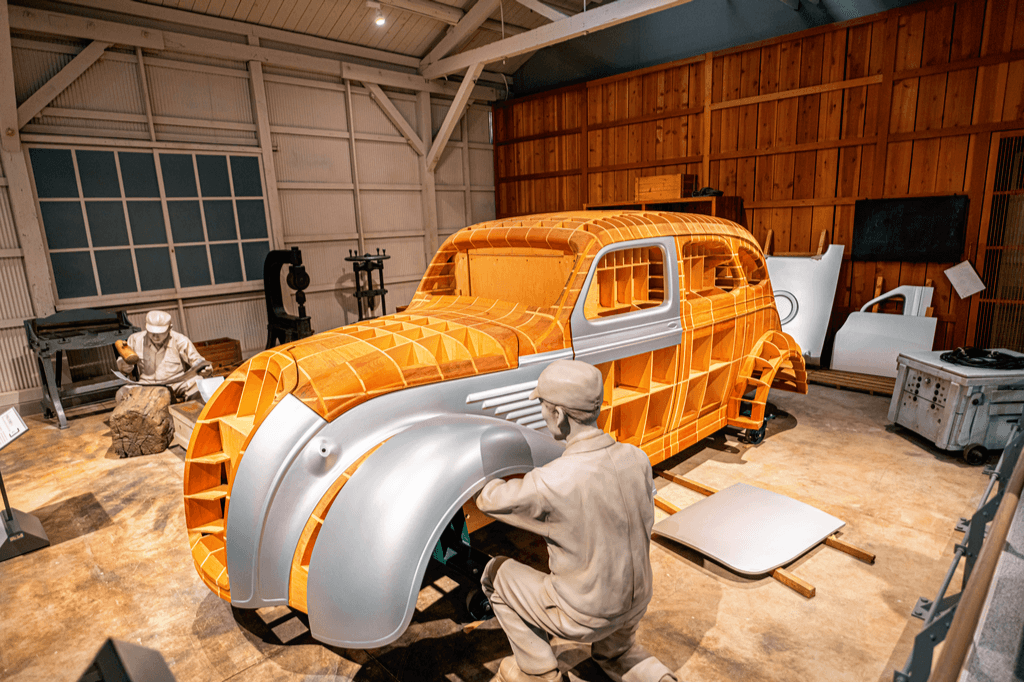
The Toyota Automobile Museum in Aichi is worth a visit. It showcases the rich history of car building and the numerous advanced technologies applied in the automotive industry. This is a great way for people to broaden their knowledge.
We hope you get a chance to experience everything Aichi has to offer. Since it’s easily accessible from most major cities via the shinkansen, anybody can enjoy the beauty and legacy of Aichi at any time. Have you ever been to Aichi before? What were the best parts of your visit? Let us know in the comments below!

